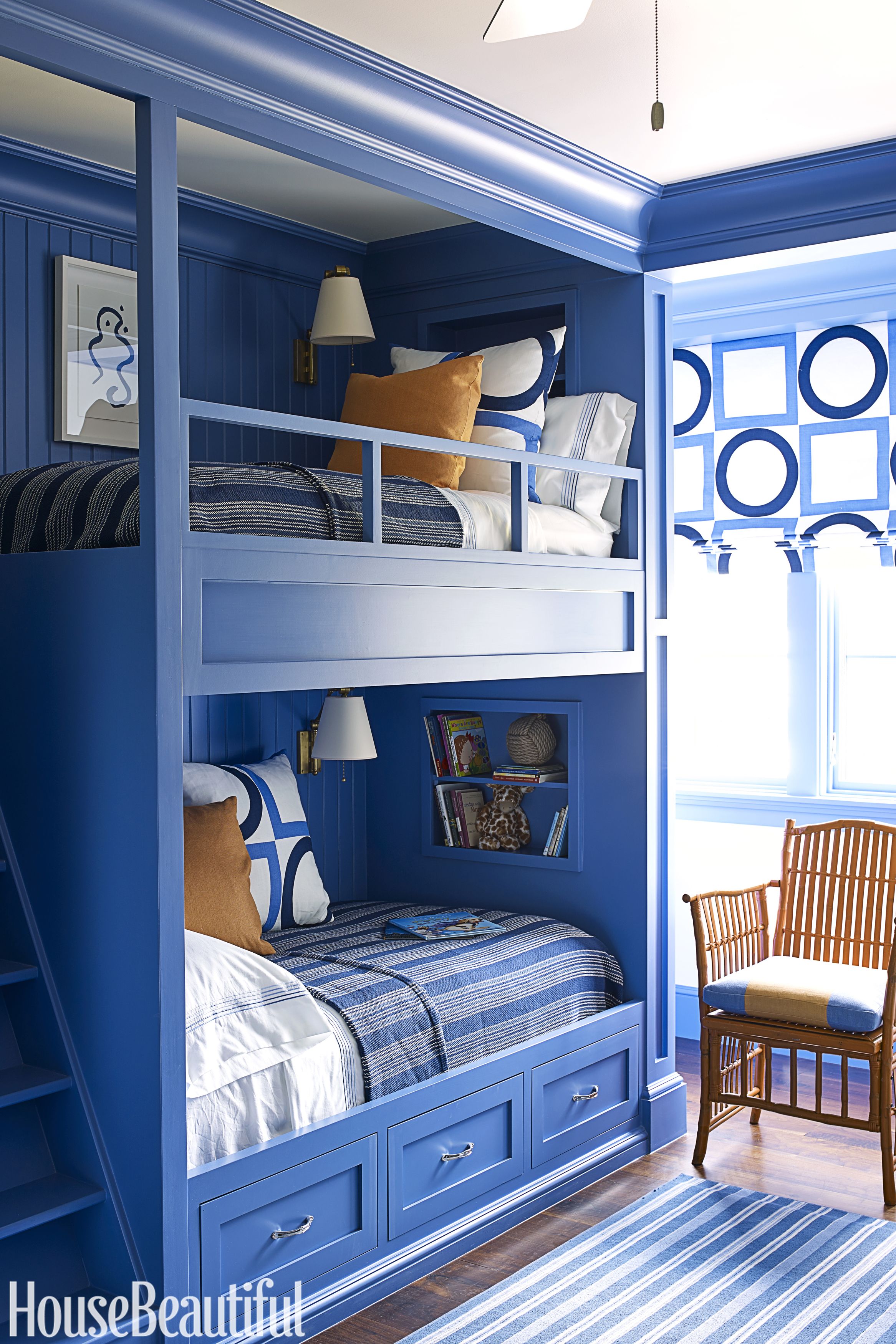1. The Calming Power of Blue
Blue, a color often associated with the vast expanse of the sky and the tranquil depths of the ocean, has a profound impact on our mood and well-being. It’s a color that evokes feelings of serenity, calmness, and security. When incorporated into interior design, blue can transform a space into a peaceful sanctuary.

The Psychology of Blue
Psychologists have long recognized the calming effects of blue. Studies have shown that blue can lower blood pressure, heart rate, and anxiety levels. It can deshalb improve concentration and productivity. This makes blue an ideal color for bedrooms, living rooms, and home offices.
Creating a Serene Blue Oasis
To create a relaxing blue room, consider these design tips:
1. Choose Your Shade:
2. Paint the Walls:
A simple coat of blue paint can instantly transform a room. Consider using a matte or satin finish to minimize glare and create a soothing ambiance.
3. Incorporate Blue Accents:
If you’re not ready to commit to painting an entire room blue, consider adding blue accents through furniture, textiles, and artwork. A blue sofa, a pair of blue curtains, or a few blue throw pillows can add a touch of tranquility to any space.
4. Layer Textures:
Mixing different textures can add visual interest and depth to a blue room. Consider pairing a smooth, velvet sofa with a textured wool rug or a fluffy faux fur throw blanket.
5. Bring in Natural Elements:
Natural elements like wood, stone, and plants can complement a blue color scheme. A wooden coffee table, a stone fireplace, or a few potted plants can help to ground the space and create a sense of harmony.
6. Soft Lighting:
Soft, warm lighting can enhance the calming effect of blue. Consider using table lamps, floor lamps, or string lights to create a cozy and inviting atmosphere.
7. Mindful Decor:
Decorate your room with items that bring you joy and peace. This could include family photos, artwork, or souvenirs from your travels.
Blue Room Ideas
The Coastal Retreat:
Create a seaside escape with a combination of soft blues, whites, and natural wood tones. Incorporate nautical elements like seashells, rope, and striped patterns.
Combine deep blues with sleek, modern furniture and metallic accents. Add a touch of greenery with plants or a vertical garden.
Zusammenstellung bekannter Melodien and match patterns, textures, and colors to create a bohemian-inspired space. Incorporate earthy tones like brown and rehbraun to balance the blue.
By incorporating these tips and ideas, you can create a serene blue oasis that promotes relaxation, reduces stress, and improves your overall well-being. Remember, the key to a successful blue room is to choose shades and combinations that resonate with your personal style and preferences.
Blue, a color as vast as the ocean and as deep as the twilight sky, has an undeniable allure. It’s a color that evokes feelings of tranquility, serenity, and peace. When incorporated into interior design, blue can transform a space into a haven of relaxation.
The Psychology of Blue
Psychologists have long recognized the soothing effects of blue. It’s associated with calmness, security, and stability. In fact, studies have shown that blue can lower blood pressure, heart rate, and anxiety levels. It’s no wonder that many people gravitate towards blue when seeking a restful environment.
Creating a Serene Blue Oasis
To harness the power of blue and create a truly relaxing space, consider these design tips:
1. Choose Your Shade:
2. Incorporate Blue Accents:
3. Paint the Walls:
4. Bring in Nature:
5. Lighting:
Blue and Other Colors: A Perfect Pairing
Blue pairs beautifully with a variety of other colors. Here are a few complementary color combinations:
Blue and White: A classic and timeless combination that exudes purity and freshness.
By incorporating these design tips and color combinations, you can create a serene blue oasis that promotes relaxation and tranquility. Remember, the key to a successful design is to choose elements that resonate with your personal style and preferences.